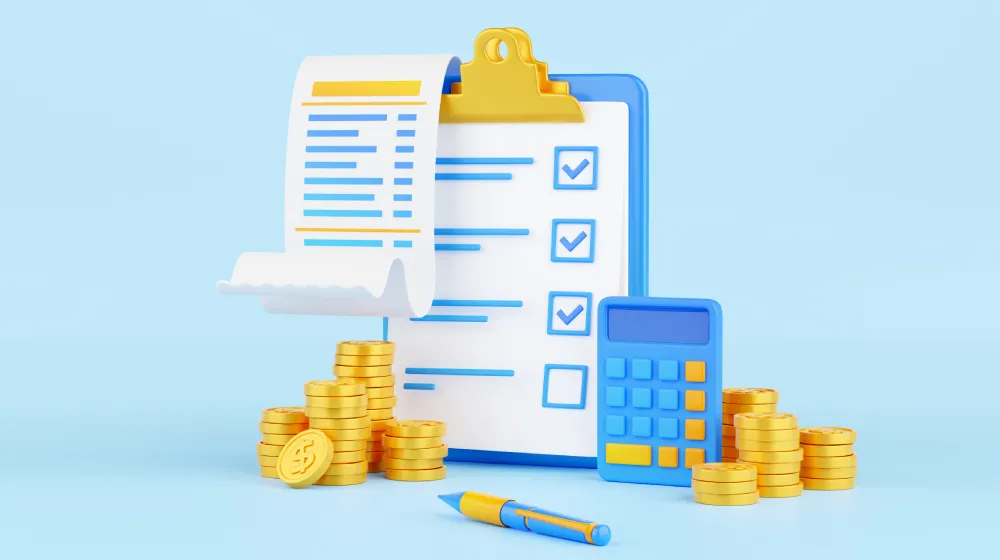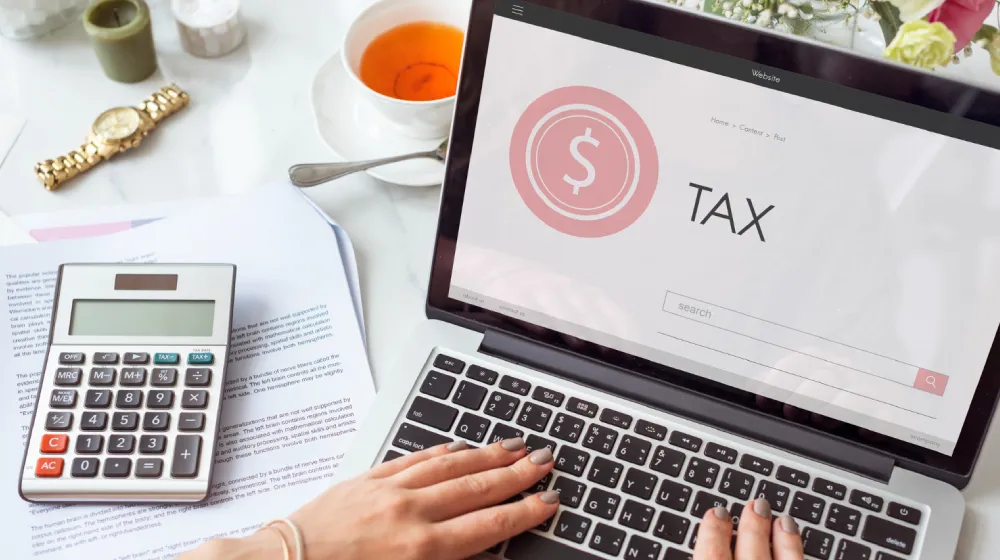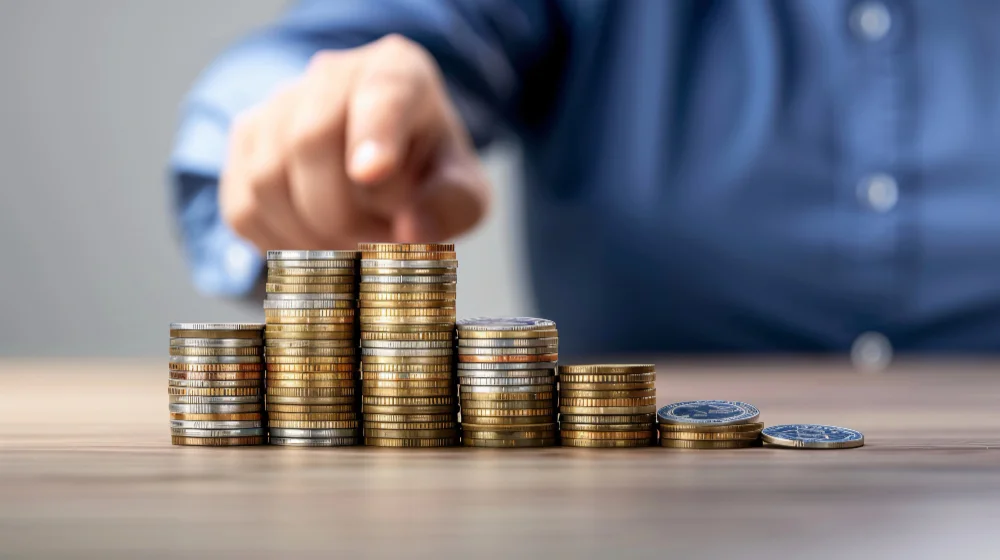If you had invested Rs 10,000 a month through a Systematic Investment Plan (SIP) in an average-performing equity mutual fund over the last 10 years, the fund would have around Rs 22 lakhs today. For those who used to do invest in fixed deposits or PPF, this might seem like a miracle. But in the world of equity investing, it’s rather unremarkable. Top-performing funds over the same period could have yielded Rs 27–35 lakh. But the point here isn’t about chasing top performers—it’s about understanding how compounding truly works.
SIPs have become a popular way to invest, especially over the last 7–8 years. This is excellent news. A disciplined, long-term SIP is one of the most powerful tools available to individual investors. However, many are approaching it in what I call Allopathy doses— investing tenure is so small that even the magic of compounding can’t create meaningful wealth
Let’s consider two individuals, Person 1 and Person 2, who both decide to invest ₹10,000 per month in a equity mutual fund that gives a consistent annual return of say 15%
Person 1: chooses to invest for a period of 5 years, making a total investment of ₹6,00,000 over this time.
Person 2: on the other hand, continues investing the same ₹10,000 every month for 15 years, amounting to a total investment of ₹18,00,000.
At the end of their respective investment periods:
Person 1’s investment grows to approximately ₹8.85 lakhs. This means that although they invested ₹6 lakhs, they earned a gain of about ₹2.85 lakhs through returns.
Person 2’s investment, however, grows significantly to around ₹66.85 lakhs. Despiteinvesting only three times more than Person 1, the longer time frame and compounding effect result in a wealth gain of over ₹57.9 lakhs.
This example clearly illustrates that staying invested for a longer period can exponentially increase your wealth, thanks to the power of compounding returns. Time, not just the amount invested, plays a critical role in wealth creation.
There’s also the issue of static investing—where someone starts with a decent SIP amount but never increases in line with increase income. A Rs 10,000 SIP in equity Mutual Fund in 2004 might have been 20% of income back then, but today it could be just 7%. Incomes tend to rise over time, and ideally, SIPs should too. A simple 5% annual increase in the SIP amount could dramatically enhance the final corpus, without ever feeling like a financial stretch.
Let me share a story. A couple I knew started investing Rs 2,500 a month into a balanced fund about 15 years ago. They increased the amount slightly over time, and today the corpus is worth Rs 12 lakh. They’re thrilled with the return—and rightly so. But as they now *Mutual fund investments are subject to market risks, read all scheme related documents carefully. plan their retirement, that Rs 12 lakh, while a nice bonus, doesn’t significantly change their financial situation. The rate of return was solid, but the scale of investment was too small.
This is the crux: the magic of compounding is not just about time, but also about magnitude. Small SIPs may deliver high returns in percentage terms, but unless the invested amounts are meaningful and consistently scaled up, the final outcome may be little more than a financial curiosity.
To truly harness the power of compounding, treat your SIPs not as side notes to your finances but as central pillars. Start with as much as you can reasonably afford and increase it regularly. Over decades, this simple habit can quietly build the kind of wealth that transforms not just numbers on a statement, but the very nature of your financial freedom.
Compounding works best when you combine three ingredients: time, returns, and meaningful contributions. As India transitions from a fixed-income mindset to equity backed investing, many are starting slow — dipping a toe in to test the waters. But keeping your toe in for a decade won’t take you anywhere.
If you like the water, jump in Early and meaningfully after prudent advice, that’s when the real magic of compounding begins



